The Great 35mm Rangefinder Lens Shootout!
by Brad Husick March 27, 2012
Many of us have GAS (Gear Acquisition Syndrome) and have amassed a generous collection of lenses for our rangefinder cameras. The problem with having a wide selection of lenses to choose from is that when we reach up to grab a lens for our next shoot it’s sometimes hard to decide what to take. At one point my collection was up to 22 lenses and at that point I had become a collector as much as a photographer. Well, over the past few years I have whittled that collection down to the lenses I like most just for their optical qualities. My collecting interest has been refocused on photographs – the ones I take.
Fortunately for this test I still own too many lenses and I have a close friend who owns many more, so I thought I’d begin a series of tests with 35mm rangefinder lenses. These are not laboratory controlled tests of carefully arranged objects but a typical outdoor scene from a local spot here on Lake Washington near Seattle – a subject more people are likely to shoot from day-to-day. The results are my subjective opinion of the optical quality of the photos, and I am including 100% crops for you to make your own conclusions. Here’s the full frame 35mm shot:
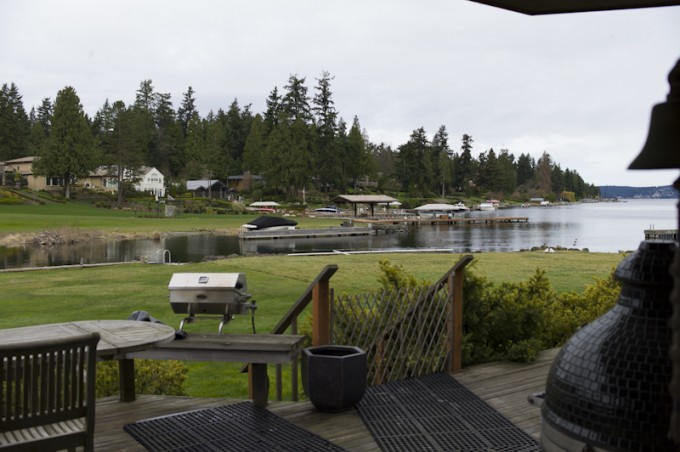
Test Setup:
The test was set up to control and keep constant as many of the variables as possible. Photos were taken on a Leica M9-P mounted on a tripod, set at ISO 160, shutter speed 1/750 sec., aperture f/4, lenses set to their infinity focus point. Not all the lenses had the same maximum aperture and the day was bright enough that trying to shoot wide-open would have required the use of ND filters. I did not want to introduce any glass in front of the lenses for this test. The shutter was tripped using the 2-second self timer to minimize any hand vibrations. RAW files were brought into Adobe Lightroom 4 and exported as JPEG files with no adjustments from default settings.
The weather here in Seattle was in the 50′s with complete overcast and light winds. We get this ideal overcast many days a year – great for photographs, not too great for sun tanning.
The Eight Contestants in the Shootout:
MS Super Triplet Perar f3.5 Mark II (Perar)
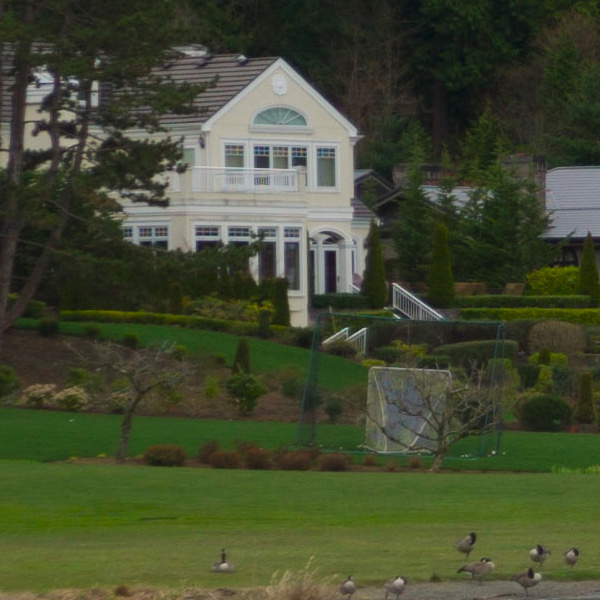

-
Leica Summarit-M f3.5, current version (Summarit)
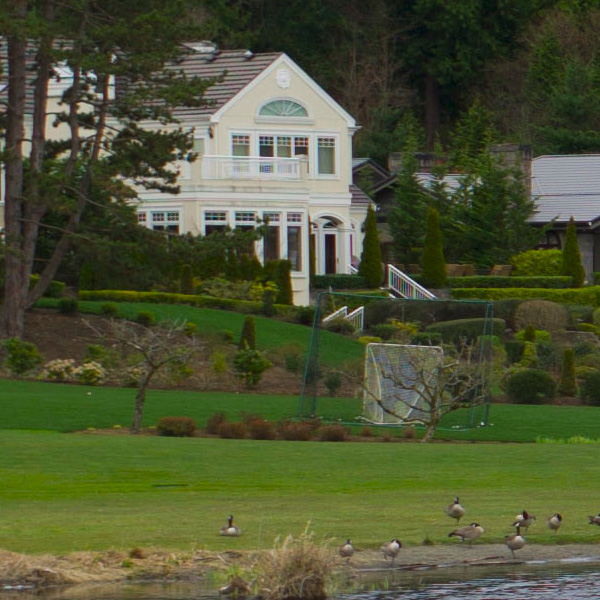

-
Zeiss Biogon f2.0 T* ZM Silver (Zeiss)
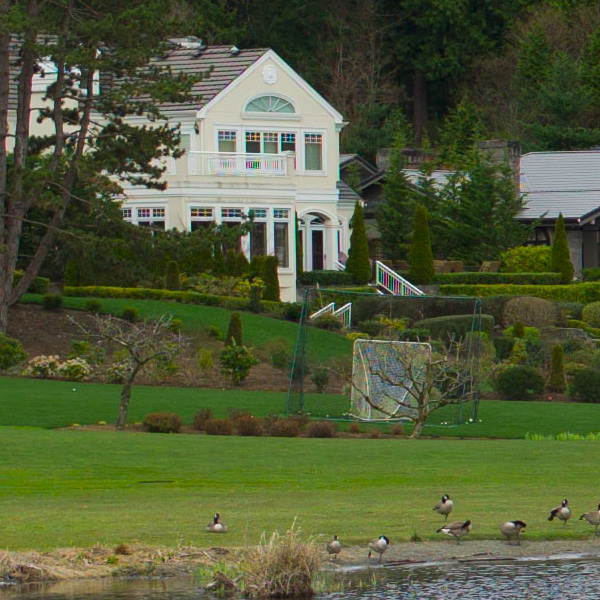

-
Leica Summilux f1.4 ASPH FLE (FLE)
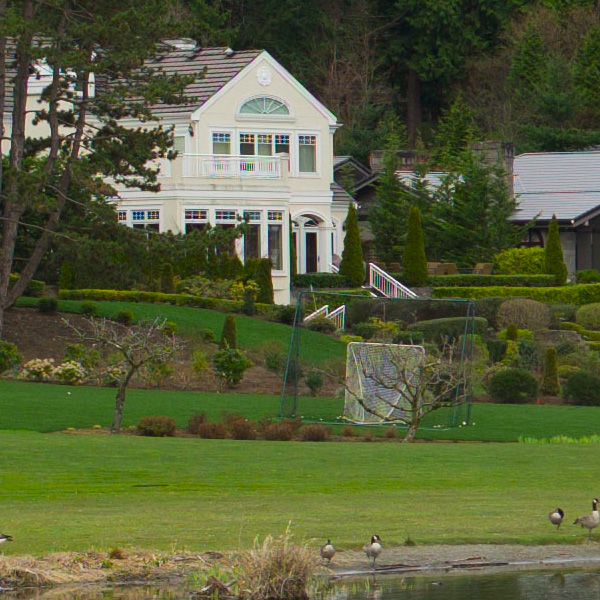
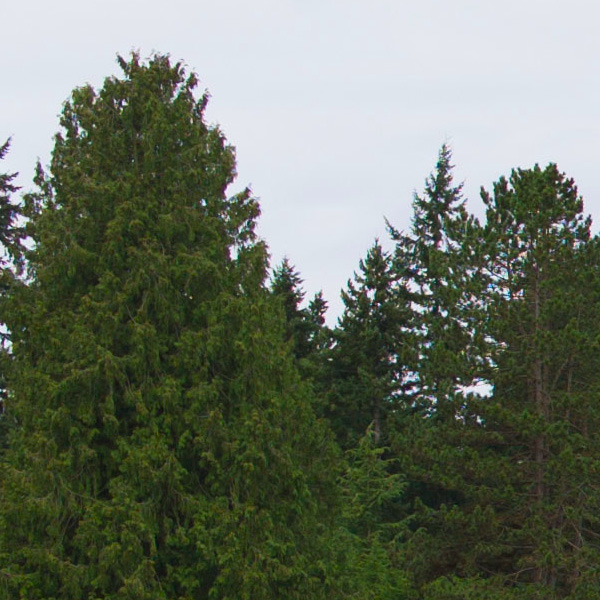
-
Leica Summicron-M f2.0 ASPH Chrome (Chrome ASPH)
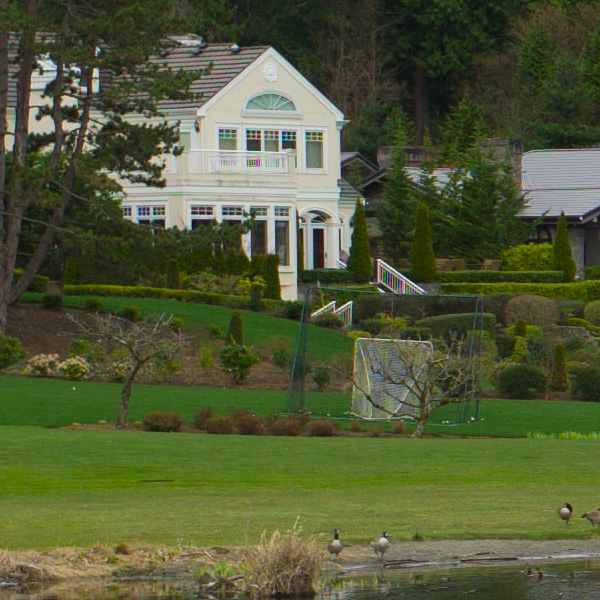
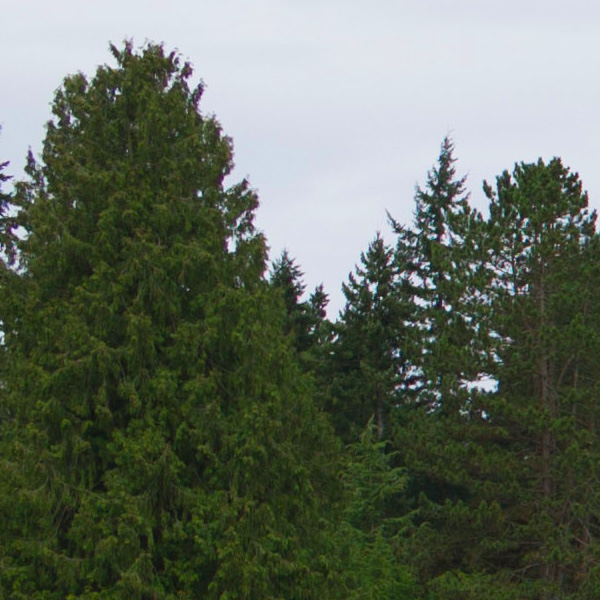
-
Leica Summicron-M f2.0 ASPH Black (Black ASPH)
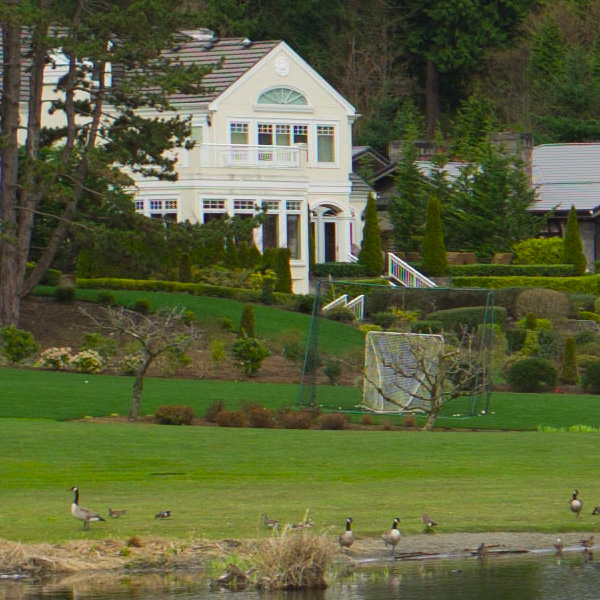

-
Voigtlander C Color Skopar Classic f2.5 (Skopar)
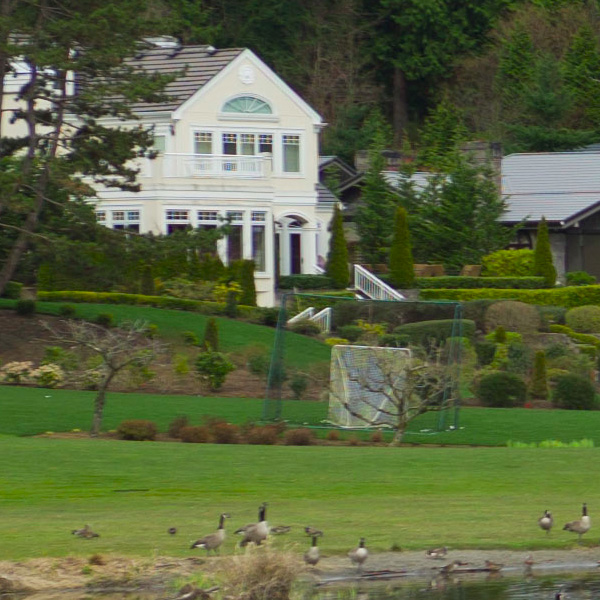

-
Leitz Summaron f2.8 LTM/M circa 1959 (Summaron)
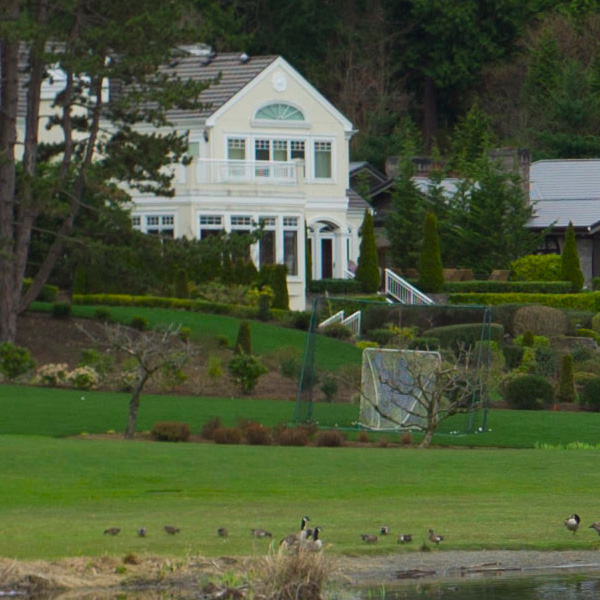

Lens Results:
I examined 100% crops near the center of the frame and at the top left corner. I studied the files looking for overall sharpness and ability to resolve detail, micro-contrast, lack of chromatic aberration (fringing) and distortion.
Not surprisingly, the Leica Summilux ASPH FLE was the top performer at both the center and corner of the frame. Leica took an already excellent lens, the Summilux ASPH, and corrected the focus shift issue by incorporating a new floating element in the FLE. The price of the new lens climbed substantially, with some selling for nearly $8000 a few months after introduction when the initial supply ran dry. Prices have since settled around $6500.
Somewhat surprising is how well the Zeiss Biogon performed, especially at the center, scoring a second place for center performance. Sharpness and detail were excellent. Overall contrast was higher than the FLE perhaps due to different lens coatings. Ergonomics are superb with buttery smooth focus and f-stop. Some may not like the chrome ring around the front of the lens that functions as a bayonet for the optional hood, but I don’t think it detracts from the lens. The Zeiss is the performance-value winner here with new lenses available for around $1000.
I compared two seemingly identical Leica Summicron-ASPH lenses, one black and the other chrome. They were not optically identical. The chrome lens was marginally superior at both the center and corner. This could be due to some slight variation in infinity focus between the two lenses. The pair of Summicron-ASPH lenses scored well, coming in second and third at the corner and third and forth at the center. The Summicron has always been a staple of the Leica shooter and will probably remain there. Used prices range from $2500-$3000.
Leica’s modern Summarit-M is positioned as an entry level lens for the Leica shooter, and is a small and affordable package. Optically however, the Summarit came in fifth in the ranking for overall softness and a lack of micro contrast; a somewhat disappointing result for a modern lens design. The Summarit is list priced at $1895 with clean used lenses selling for $1400.
The Leitz Summaron from 1959 is a beautiful lens with sculpted sloping edges and an unusual focus tab that incorporates an infinity lock. Sharpness of the Summaron was soft, but lacked any chromatic aberration – a surprising result for such an old design and the state of lens coatings from that time period. The softness of the lens was pleasing, giving a somewhat nostalgic look to the photograph. Shooters looking for some of that classic old Leica glow won’t be disappointed with the Summaron. However, compared with modern optics the Summaron just can’t resolve the way the newer glass can perform. Clean used Summarons can be found for around $1000.
Last but not least in the shootout was a personal favorite – the unique MS Super Triplet Perar, often called simply the “Perar”. It’s been a favorite of mine because it is simply tiny. It’s smaller than any Leica collapsible lens in the collapsed state! The aperture is step-free and the focus is smooth with a focus “pin” to assist. Traveling with this lens is a joy since it barely sticks out from the front of the camera and it’s always in a ready-to- shoot position, unlike collapsible lenses. As good as the physical design and ergonomics are, the optical performance of the lens is not up to the standards set by the more complicated and expensive lenses in this test. Perar images are good at center but sharpness falls off at the edges. Perar lenses can be found on ebay and at the maker’s website www.japanexposures.com.
Vignetting is not a problem for any of these lenses and chromatic aberration is well handled by the entire group.
Here are my subjective rankings of the lenses:
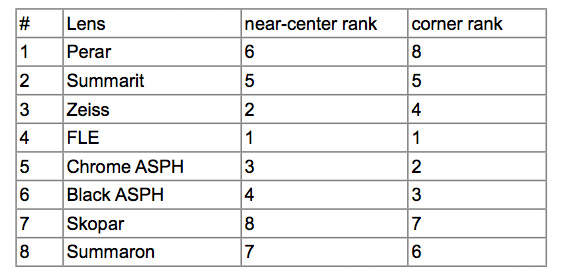
Note: I’d like to thank my dear friend Ed (goes by the handle “fishandfowl” on many boards) for making available five of the lenses in this test. Ed introduced me to rangefinder photography and thus improved my life greatly.
Brad
No related posts.



0 comments:
Post a Comment